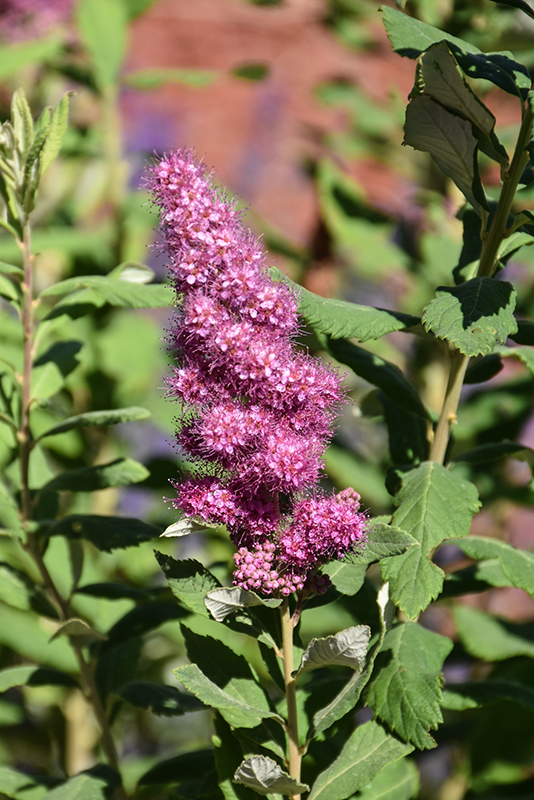>> Home
Height: 5 feet
Spread: 5 feet
Sunlight:
![]()
![]()
Hardiness Zone: 5
Other Names: Steeple Bush, Hardhack, Rose Spirea
Description:
A deciduous, clump forming shrub presenting terminal clusters of pink flowers appearing from early to mid summer; will form thickets if suckers are not removed; do not allow to dry out; will naturalize in moist soils; great alongside ponds or streams
Ornamental Features
Western Spirea features showy clusters of fragrant rose flowers with pink overtones at the ends of the branches from early to mid summer. The flowers are excellent for cutting. It has forest green foliage with white undersides. The oval leaves turn yellow in fall.
Landscape Attributes
Western Spirea is a dense multi-stemmed deciduous shrub with a more or less rounded form. Its average texture blends into the landscape, but can be balanced by one or two finer or coarser trees or shrubs for an effective composition.
This is a relatively low maintenance shrub, and is best pruned in late winter once the threat of extreme cold has passed. It is a good choice for attracting bees and butterflies to your yard, but is not particularly attractive to deer who tend to leave it alone in favor of tastier treats. Gardeners should be aware of the following characteristic(s) that may warrant special consideration;
- Suckering
Western Spirea is recommended for the following landscape applications;
- Mass Planting
- Hedges/Screening
- General Garden Use
- Naturalizing And Woodland Gardens
- Bog Gardens
Planting & Growing
Western Spirea will grow to be about 5 feet tall at maturity, with a spread of 5 feet. It tends to fill out right to the ground and therefore doesn't necessarily require facer plants in front, and is suitable for planting under power lines. It grows at a medium rate, and under ideal conditions can be expected to live for approximately 20 years.
This shrub does best in full sun to partial shade. It is quite adaptable, prefering to grow in average to wet conditions, and will even tolerate some standing water. It may require supplemental watering during periods of drought or extended heat. It is not particular as to soil type or pH. It is highly tolerant of urban pollution and will even thrive in inner city environments. This species is native to parts of North America.
